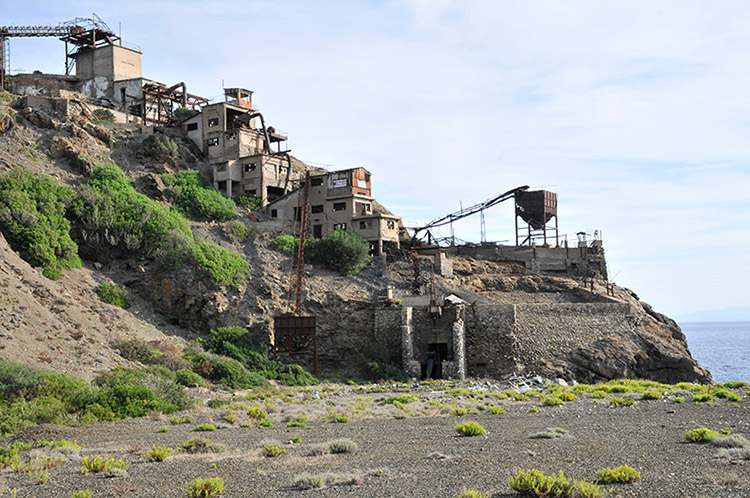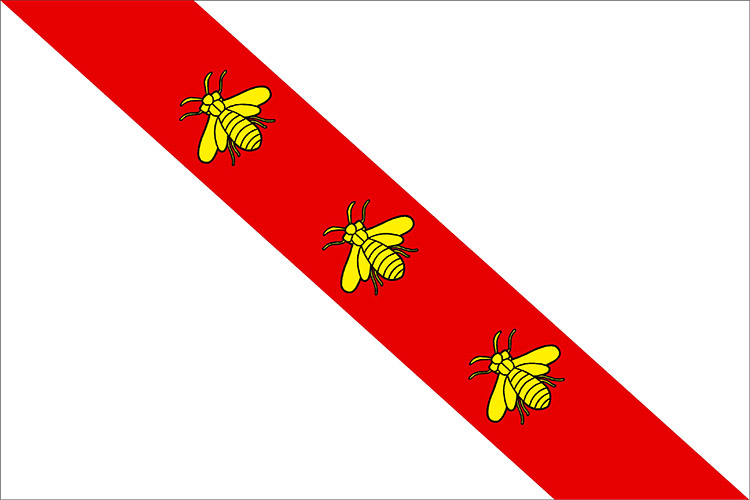Without a doubt, Elba's best known museums are the ones linked to Napoleon's exile: Napoleon's two residences are both in Portoferrario and can be visited throughout the year.
Villa dei Mulini
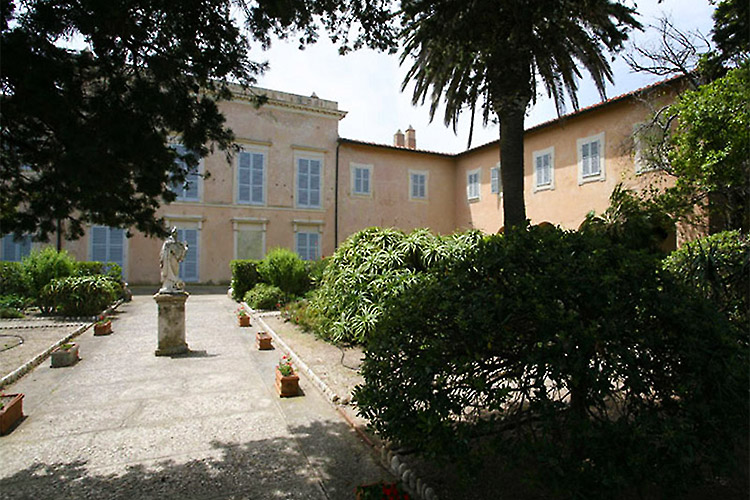
Villa di San Martino
2014 was a very important year, as it represented the bicentenary of Napoleon's arrival on Elba (3rd of May 1814). He stayed on the island until the 26th of February 1815.Napoleon's stay on the island was a pivotal event for the island's development. During his reign he introduced important innovations in the lives of Elba's inhabitants. He introduced its flag (which hasn't changed to date) and which was hoisted by the Emperor upon his arrival, on Portoferrario's highest point.
Elba's inhabitants are still very fond of Napoleon and every year, on the 5th of May, they celebrate a Mass in his honour at the Church of Reveranda Misericordia in Portoferrario.
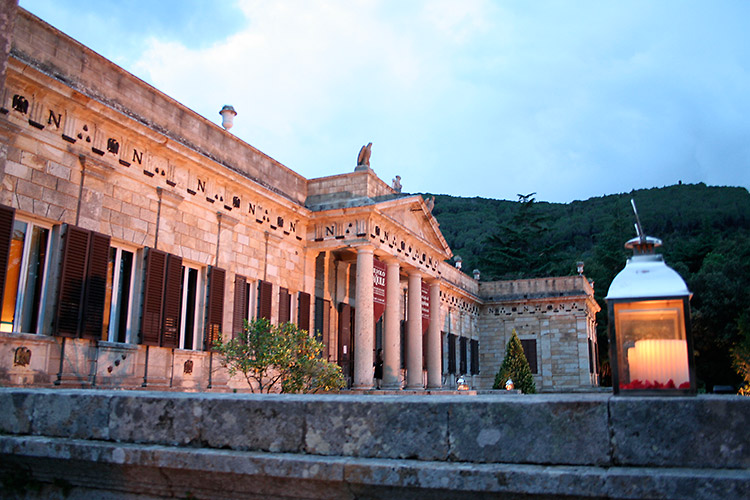
Mineral Museum Rio Marina
From a mineralogical point of view, Elba is well known by experts from all over the world. It represents an almost complete geo-diversity guide for the whole European continent, which is why the island is considered to be an "outdoor mineral museum".Those who are interested in the island's mineral history can visit the mineral museum in the historical centre of Rio Marina and its mineral park open from April to October.
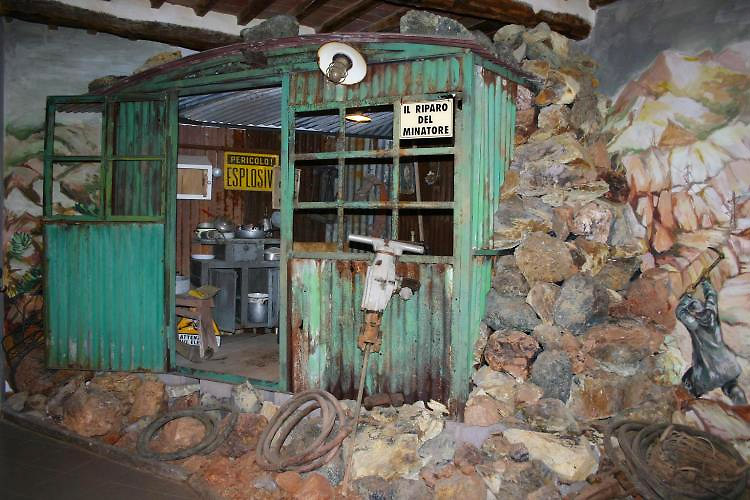
Ginevro mine in Capoliveri
Ginevro mine in Capoliveri is an underground tunnel winding up several levels for about 7 km, at a depth of 54 mt under sea level. It was built after the second world war in order to exploit a large magnetite deposit, a mineral with a high percentage of iron. The mine is a Unesco World Heritage site for the variety and the quality of its minerals and can only be visited with prior booking.